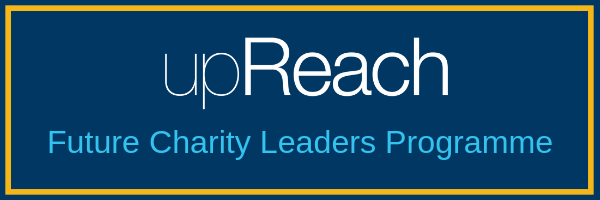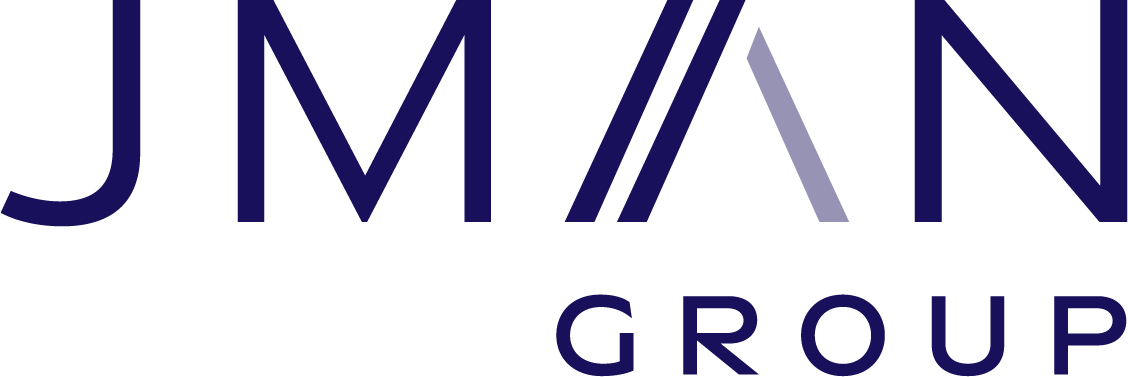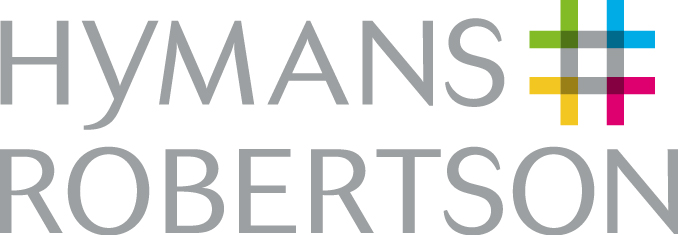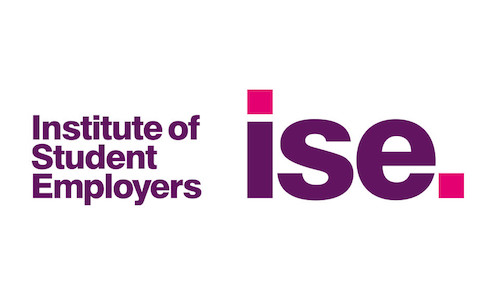The Times: Jobs algorithm lets poor leapfrog the privileged
City firms are to be offered a free new recruitment tool that raises the A-level grades of job applicants who attended weak state schools by up to three grades, putting them ahead of many privately educated candidates.
It means an applicant who achieved three Bs at A level would be treated in the recruitment process as though they achieved three As if they qualified for several categories of disadvantage.
There are already computerised models used by employers to identify candidates from poor backgrounds but these do so by “flagging” applicants who out-performed their peer groups in challenging circumstances, rather than inflating their exam grades.























